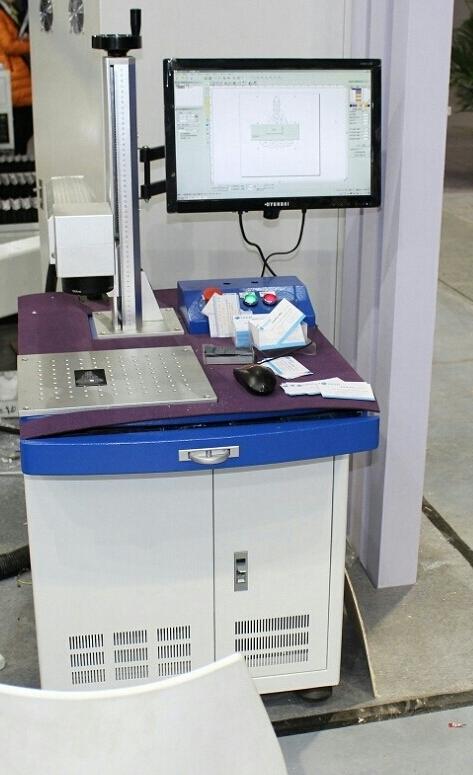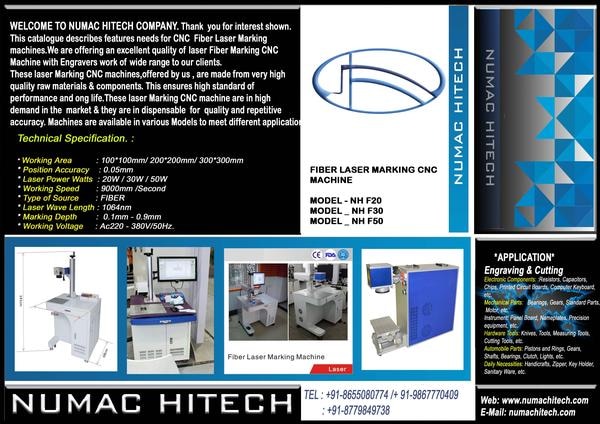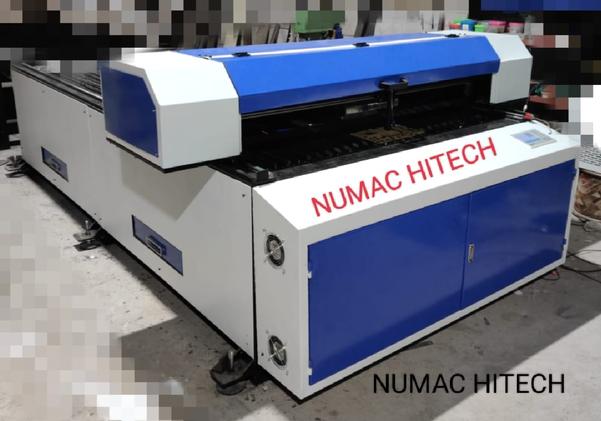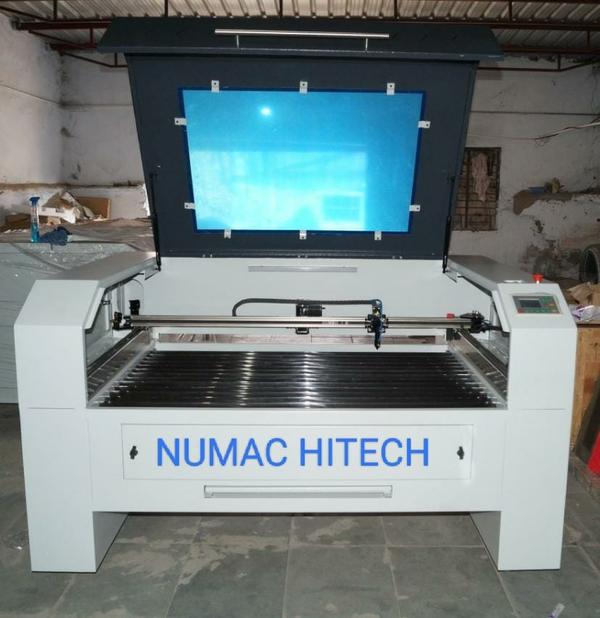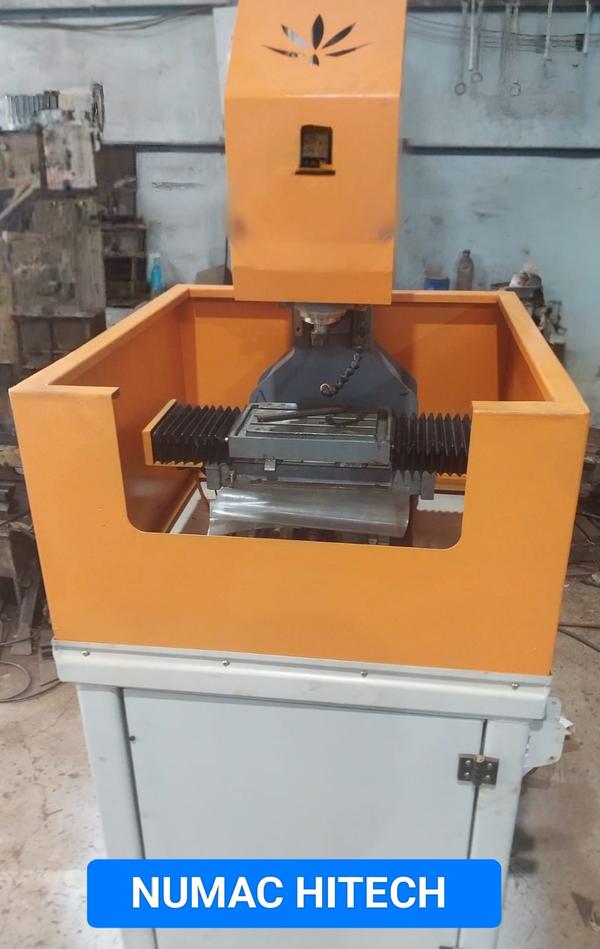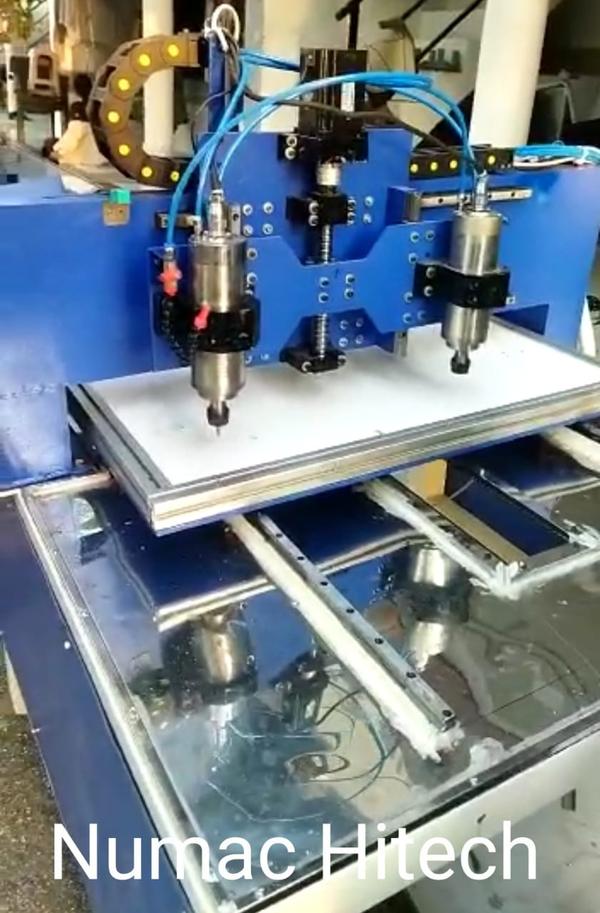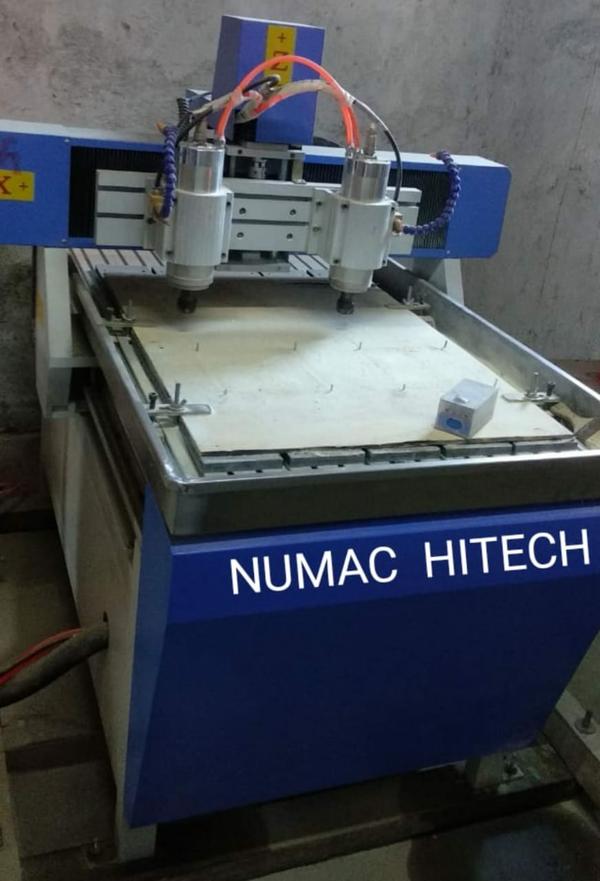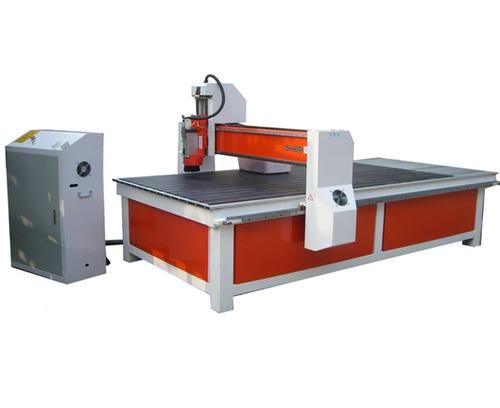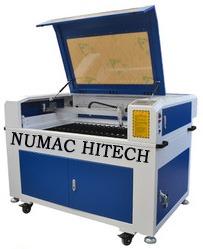The Fiber Metal Marking Machine from Numac Hitech is a high-tech solution designed for precise and high-quality marking on metal surfaces. It utilizes fiber laser technology, which is known for its ability to create permanent, clear, and detailed markings on a wide range of metal materials. This machine is ideal for various industries such as manufacturing, aerospace, automotive, electronics, and many more. Key Features of the Fiber Metal Marking Machine by Numac Hitech: Fiber Laser Technology: The Numac Hitech metal marking machine employs fiber laser technology, known for its precision, efficiency, and long lifespan. Fiber lasers are highly effective in marking metals, including steel, aluminum, titanium, and other alloys. Fiber lasers produce a concentrated beam that can easily vaporize or oxidize the surface of the metal, creating permanent marks such as text, logos, serial numbers, and barcodes. High Precision and Detail: One of the standout features of the machine is its ability to achieve extremely high precision. The machine is capable of creating very fine details, even on small or intricate surfaces. It allows for high-definition engraving and marking, which is essential for applications like part identification and traceability. Speed and Efficiency: The fiber laser technology offers fast marking speeds compared to traditional methods, which leads to high production throughput. This makes the Numac Hitech fiber metal marking machine ideal for both small-batch and high-volume production environments. The system is also energy-efficient, as fiber lasers consume less power than CO2 lasers while offering similar or superior performance. Versatile Material Compatibility: This machine is highly versatile and can mark various metal materials, including steel, stainless steel, aluminum, copper, and brass. It can also work with some non-metal materials that require a high level of precision, making it adaptable to different industrial needs. Ease of Use: Numac Hitech’s fiber metal marking machine is equipped with an intuitive user interface and advanced control software, making it easy for operators to use. The software typically supports various file formats (such as DXF, BMP, and PLT) and allows operators to import designs, logos, or text directly for marking. Many models come with touch-screen controls, making programming and operation user-friendly, even for beginners. Durability and Reliability: The machine is built to last with high-quality components and a robust design. Fiber lasers have a significantly longer operational lifespan compared to CO2 lasers, often lasting tens of thousands of hours. With minimal maintenance required, these machines are ideal for demanding production environments that require continuous, high-precision marking. Minimal Maintenance: Fiber lasers are low-maintenance compared to other types of lasers. They do not require frequent re-focusing or alignment, making them highly convenient and cost-effective for long-term use in industrial settings. Safety Features: The Numac Hitech fiber marking machine is designed with various safety features to protect the operator, including protective enclosures, interlocks, and automatic shut-off systems. These features ensure that the machine operates safely in a busy workshop environment. Applications: Industrial Marking: For product identification, serial numbers, batch codes, and logos on metal components used in various sectors like automotive, aerospace, and heavy machinery. Tool and Mold Marking: Marking molds, dies, and tools with identification codes or part numbers to track usage and prevent counterfeiting. Personalization: Custom engraving on metal products such as jewelry, gifts, and decorative items. QR Codes and Barcodes: Marking QR codes, barcodes, or other scannable data onto metal surfaces for traceability and inventory management. Conclusion: The Fiber Metal Marking Machine by Numac Hitech provides an advanced, cost-effective solution for creating high-quality, permanent marks on metal surfaces. Its combination of speed, precision, and ease of use makes it an ideal choice for industries where durability and legibility of markings are critical. Whether for industrial manufacturing or personalized product marking, this machine stands out for its performance and reliability.
Send Message
